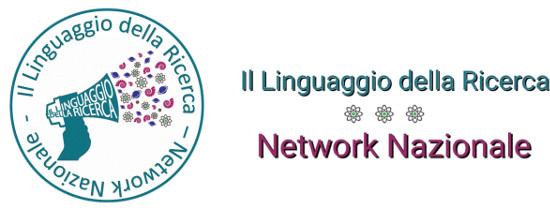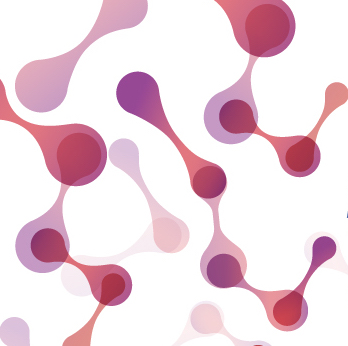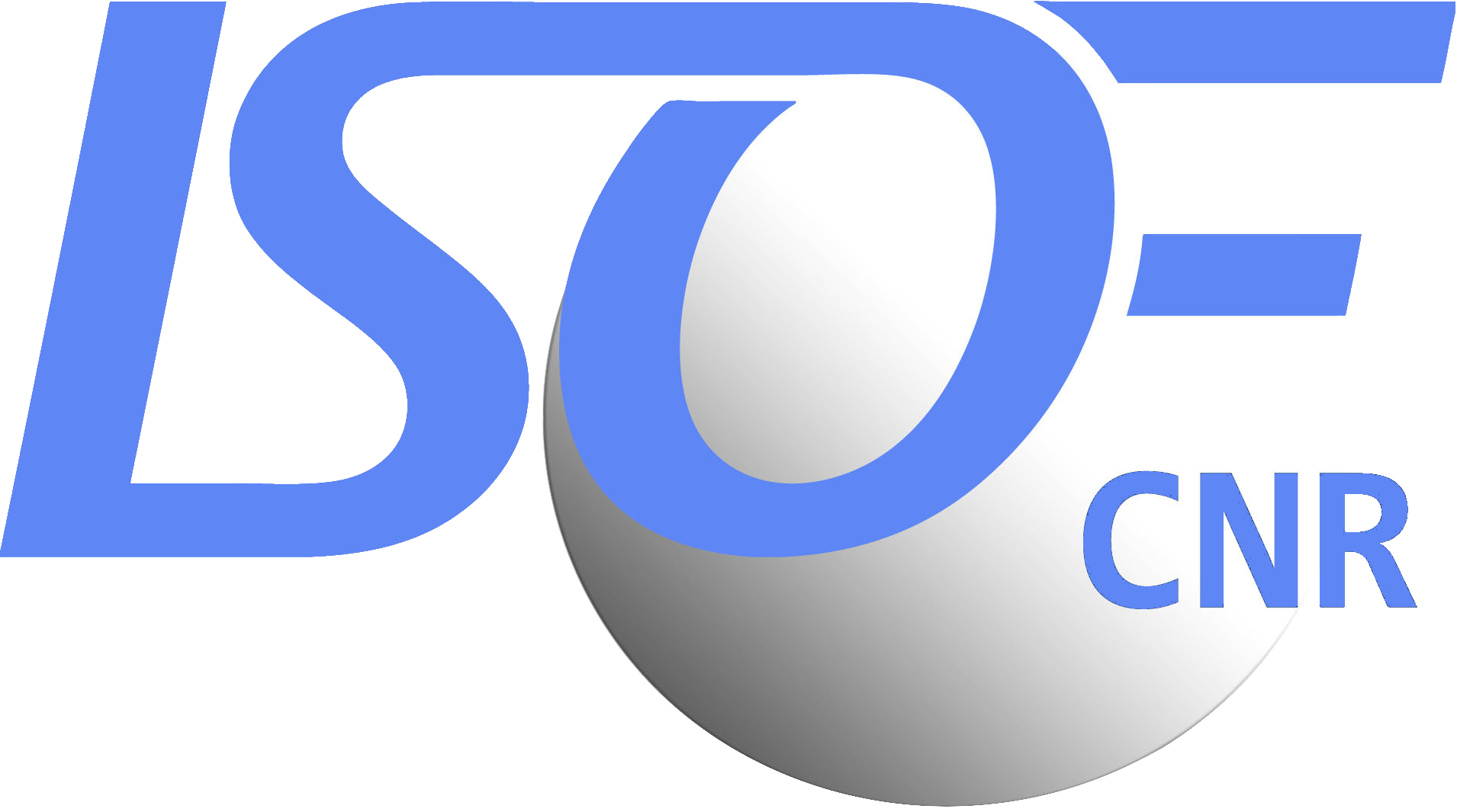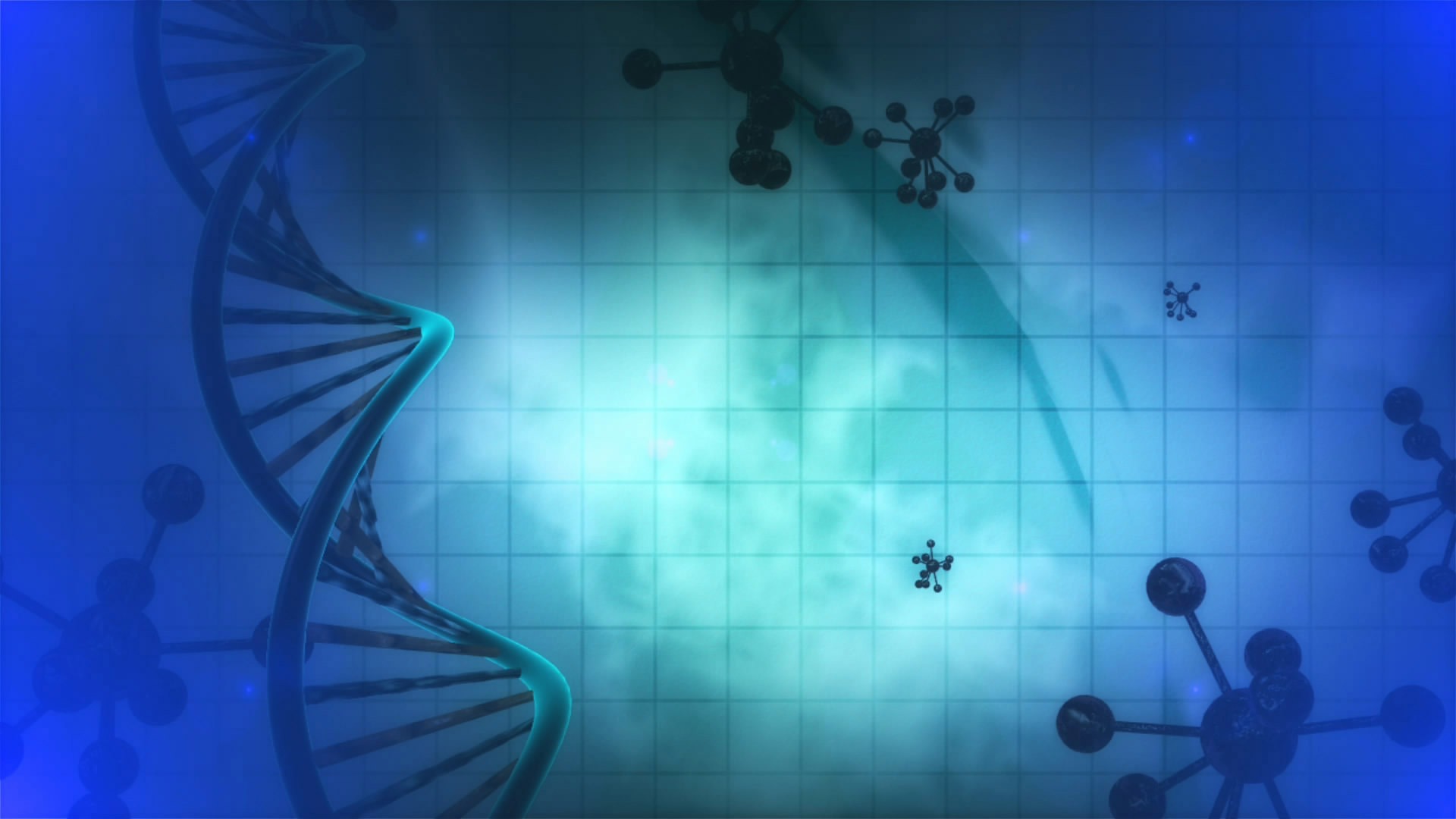
ISOF researchers have a strong expertise in preparing and managing research projects. We are currently performing ca. 40 research projects funded by the EU, the Italian government, the Emilia Romagna Region and different no profit organisation and industrial partners.
Some examples of projects we are leading are:

Environmental Friendly and Sustainable Polychromic Materials for Organic Electronics
Italy-Brazil Joint Science and Technology Cooperation Significant Project
Panchromatic (white) light production requires the generation and the intensity control of the three fundamental (red, green and blue) or two complementary (e.g., turquoise and orange) colors in order to cover the whole visible range from 400 to 700 nm. This is usually achieved using different red, green and blue independently emitting materials. The major drawback of this strategy is the different stabilities of the emitters that reduces or changes the performances of the device over its lifetime.
The key scientific objective of the project is the development of organic light emissive materials – displaying a continuous gamut of color coordinates – that are highly efficient, thermally, photo- and electrochemically stable and possess electron and hole transport character, based on a single organic polymer doped with suitable amounts of red, green and blue phosphorescent lanthanide complexes.
The project brings together an Italian (CNR) and Brazilian (PUC-Rio) team with a balanced and complementary mix of expertise, ranging from design and synthesis of luminescent materials, deposition and characterization of thin films, and preparation of organic electroluminescent devices. The training and exchange of young and experienced researchers in the framework of the project, will promote the establishment of a strong collaboration link between Italian and Brazilian groups working in the field of organic electronics, a topic of key strategic importance for the participants.
The role of CNR-ISOF is the design, synthesis and characterization of emitters based on highly phosphorescent lanthanide complexes with suitably modified organic ligands. The new molecules will be sent to the CNR-ISMN laboratories to undertake a detailed photophysical study. The most promising materials will be incorporated into suitable matrices for fabricating optoelectronic devices at PUC-Rio.
The project is funded in part by a grant from the Italian Ministry of Foreign Affairs and International Cooperation, Italy-Brazil Joint Science and Technology Cooperation Significant Project (Environmental Friendly and Sustainable Polychromic Materials for Organic Electronics, PGR10068).

The Graphene Flagship
This is one of most ambitious research project ever launched by the European Commission, with a planned duration of ten years and a target budget of one billion euros. Its objective is to translate the technology of graphene and related 2-dimensional materials from the lab to the European industries for applications in the sectors of composites, electronics, energy, sensors, photonics and biomedical. The Graphene Flagship currently includes >1200 researchers and >140 partners, including key industries like Airbus, BASF, STELLANTIS (former FIAT), Leonardo or Nokia, with a strong participation of Italian academia and industry partners.

KIC Raw Materials
Today, only a fraction of the most relevant raw materials is produced in Europe. This can be changed through a circular economy approach, through innovation in recycling, substitution, processing, mining, and exploration. EIT RawMaterials is a Knowledge and Innovation Community (KIC) within the European Institute of Innovation and Technology (EIT). Its goal is to secure a sustainable raw materials supply by driving innovation, education, and entrepreneurship across European industrial ecosystems. The KIC raw materials currently involves >300 partners throughout Europe, for a running budget of 500 M€ for the period 2016-2022.
RM@Schools Flagship Programme

The Raw MatTERS Ambassadors at Schools (RM@Schools) is an innovative programme, promoting a wide dissemination action on sustainable innovation, the efficient use of all natural resources, and circular economy strategies, in school and society. It is funded by EIT RawMaterials, a Knowledge and Innovation Community (KIC) within the European Institute of Innovation and Technology (EIT). It is supported by strategic European partnerships among 30 research and university partners from 18 EU countries, >120 schools, and 30 companies (http://rmschools.isof.cnr.it/).
The programme comes from the awareness that the transition to the renewable energies and to circular economy strategies, do not involve only scientific and technical aspects, but it needs also a major engagement of the European citizens about the urgency to change lifestyle in agreement with the Sustainable Development Goals of the United Nation Organization (UNO). Youngsters, the target of RM@Schools, are then the key players of this mind-set change.
RM@Schools is also working to empower schools’ teachers on these topics by creating educational tools and organising train-the-trainer workshops

Il Linguaggio della Ricerca (language of research)
The main activity of the project is to give a series of lectures in different high schools of in the area of Bologna. The project is running since 2003 and has involved some thousands of students; in 2013 it has been selected as a case-study for the EU project “Science Teaching European Network for Creativity and Innovation in Learning” (STENCIL).
The lectures are directly selected from an online catalogue by the high school teachers, and are given in Italian and English. The scientific topic presented in the selected lecture is then elaborated by the high-school students during the academic year and presented in a dedicated conference held at CNR with the participation of all teacher and students of the schools involved.
NEMO: Next generation of molecular machines, towards functional nanostructured devices, interfaces, surfaces and materials. MIUR PRIN
2019-2022
This project is aimed at integrating synthetic molecular machines in prototypical environments –
bilayer membrane of vesicles, polymer nanofibers, porous crystals, thin films on surfaces – and
investigating their stimuli-controlled activation. The project lays the foundations of a basic area of research, essential for the community to progress towards a real exploitation of molecular machines in technology and medicine, in line with EU priorities.
The consortium, led by Università di Bologna, comprises also Università di Milano Bicocca, Università di Parma, Università di Chieti and three CNR institutes (ISOF, ISMN and NANO coordinated by ISOF).
NOAH (Network of Functional Molecular Containers with Controlled Switchable Abilities) H2020-MSCA-ITN-2017-765297
2018-2022
The general scientific goals of the NOAH research program are the development, characterization (structural, thermodynamic and kinetic) and transfer to applications of different types of molecular containers (i.e. covalent, dynamic covalent, hydrogen bond or metal coordination-based containers).
NOAH aims to provide to selected Early-Stage Researchers (ESRs) a great variety of scientific attributes, ranging from the experimental organic and inorganic synthesis to computational chemistry. Photo- and electro-chemistry, MS/gas-phase chemistry, X-ray diffraction and optical spectroscopy techniques will be also included in the scientific formation and development of the recruited ESRs.
HypoCyclo,“Multifunctional Polymeric Cyclodextrin Nanocarriers As Novel Triple-Negative Breast Cancer Treatment: A Versatile Photo-Chemotherapy Bypassing Hypoxic Conditions“
2020-2023
Among all breast cancers (BC) affecting female population worldwide, 20% is represented by Triple Negative Breast Cancer (TNBC), an aggressive subtype with very limited therapeutic options and poor survival. Seeking for innovative TNBC therapies, HypoCyclo aims at the optimal combination of chemotherapy and photodynamic therapy (PDT). We envisage novel, tailored cyclodextrin (CyD)-based polymeric nanoparticles (NPs) able to load “known” therapeutic agents and decorated with a photosensitizer as well as an Oxygen-Releasing Agent. HypoCyclo focuses on the very effective drug paclitaxel (PCX) presenting several treatment problems like water insolubility. Biocompatible, novel CyD polymers are expected to solubilize and encapsulate through non-covalent binding the drug of choice in order to implement PCX chemotherapy with PDT, through the decoration with a PS able to generate antitumor reactive oxygen species (ROS) in situ. Indeed, PDT has become a very challenging yet feasible option thanks to the technological advances in lasers and fiberoptics allowing interstitial and intra-operative light delivery for the treatment of solid tumours, including BC. Finally, as hypoxia in BC tissue compromises standard chemotherapy and PDT, we will tailor our NPs with an ORA able to release oxygen in cells, enabling an alternative ROS source. The PCX loaded NPs will be completely characterized and tested in 2D and 3D TNBC models. Our goal is to keep the synthetic protocols simple, low-cost and green to facilitate industrial upgrade of the loaded multimodal NPs endowed with improved in vitro efficacy. Two partners, the SME Cyclolab and UNIBO, both already collaborating with the supervisor, will give the necessary support in mixed-CyD polymer synthesis and in the biological assays, respectively, guaranteeing a successful outcome. The project foresees a demanding training program for ER that will help him to become an independent researcher with a complete profile.
CONDOR (COmbined suN-Driven Oxidation and CO2 Reduction for renewable storage) H2020-LC-SC3-2020-RES-RIA 101006839
Conversion of sunlight into fuels and mitigation of anthropogenic climate change are big scientific challenges. CONDOR addresses both of them by developing highly efficient solar-driven conversion of CO2 into fuels and added-value chemicals. The final target is a full photosynthetic device with 8% solar-to-syngas and 6% solar-to-DME efficiencies with three-months continuous outdoor operation. This represents a large progress with respect to the state of the art and requires an international collaboration and a multidisciplinary approach, which integrates expertise in nanomaterials preparation and characterisation by operando microscopy and spectroscopy, homogeneous and heterogeneous catalysis, photochemistry/photoelectrochemistry, PEC engineering and assessment of the environmental and socio-economic impact of the proposed technology, including life cycle assessment.
D-10 GREEN (d-10 Metal Architectures for Green Lighting, Photoredox Catalysis and Remote Sensing
LABORATORI CONGIUNTI Bilaterali Internazionali del CNR tematico Chimica (2020-2022)
D10-GREEN targets d10 metal complexes based on Cu(I), Ag(I) and Zn(II) with various coordination environments (e.g. phosphine, phenanthroline, halogen ligands) and embedded in suitably designed cavity-shaped architectures (e.g. cyclodextrins, rotaxanes) that confer specific properties such as structural rigidity and tailored solubility. The aim is to demonstrate that metal complexes embedded in these architectures are strongly stable and may exhibit intense and tuneable luminescence and/or long-lived excited states in different environments (solution, thin films, powders). Finally, upon generation of excited states by light or electricity, these molecules will be tested as greener alternatives to complexes based on platinum group elements (e.g. Ir, Ru, Pt) in three specific domains: electroluminescent devices, photocatalysis, remote sensing of Earth monitoring satellites.
Capitale naturale e risorse per il futuro dell’Italia – Carbon storage and CO2 enhancement from a circular economy perspective
For an effective exploitation of CO2 as a raw material it is particularly important to develop innovative materials and processes for its capture and separation both from industrial effluents and directly from the air. The conversion of carbon dioxide into products with high added value, energy or industrial, finally involves the development of selective and robust systems to produce products that are as carbon-neutral as possible through sustainable processes.
Nanobinders
The project, funded by the World Cancer Research (UK), deals with the design, synthesis and characterization of novel, self-assembled nanoparticles able to selectively bind endogenous human serum albumin and carry a fine-tune combination of drugs at the tumour site, preferentially. Our approach aims to eradicate the primary tumour and (re)-activate the anticancer immune response to reduce the chances of tumour metastasis and recurrence.

Ultimate
The “graphene rush” has triggered a great interest in the design and fabrication of synthetic 2D materials (S2DMs) excelling in their chemical and physical properties for future emerging technologies addressing numerous societal needs, such as faster and better performing electronics, as well as energy storage and conversion. To match the societal benefits of being at the forefront of new technological and scientific developments, the EC requires a highly skilled scientific and technical workforce that can efficiently finalize the shift to a true knowledge-based society. Ultimate is a ITN network aiming to train 15 talented young researchers training in the field of S2DMs by developing their knowledge and understanding on: i) how to generate novel atomically precise 2D materials with defined structure and composition, and ii) how to best exploit their unique and tunable properties for electronics and energy applications.
ACADEMY of MOLECULAR MECHANISMS (AMM)

The ACADEMY of MOLECULAR MECHANISMS (AMM) is an initiative born in 2019 by the researchers of ISOF.
The Academy focuses on the diffusion of modern molecular and transdisciplinary approach in health and medicine, providing a comprehensive training for health professionals through a combination of chemical, mechanistic, biological and cellular background up to clinical, nutritional and diagnostic aspects. All these aspects are covered by academic and scientific experts with many years of experience in research and teaching from chemistry to medicine that form the AMM Scientific Committee. A fundamental objective of the Academy is to establish a three-years course for the acquisition of wide competence as MOLECULAR CONSULTANT. Courses are accredited as ECM continuous training.

